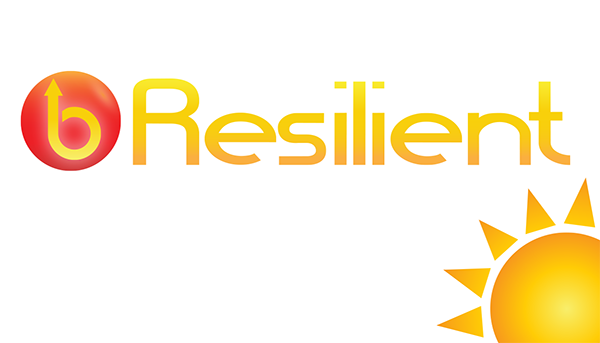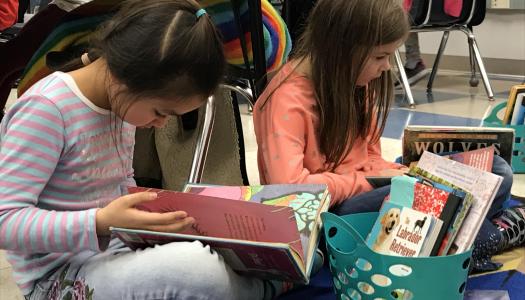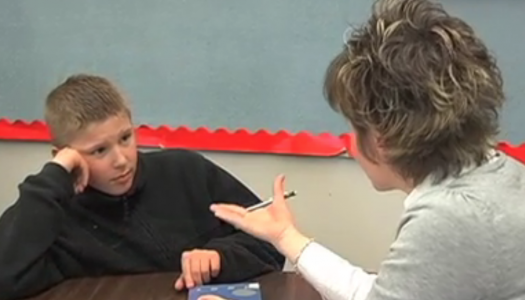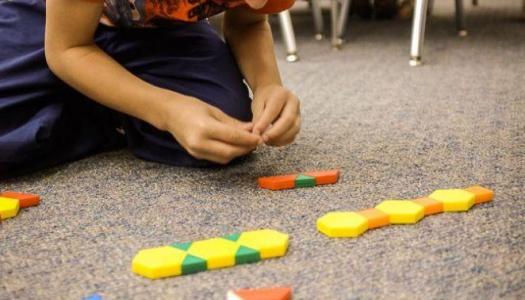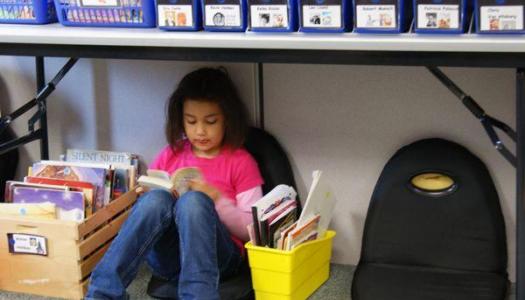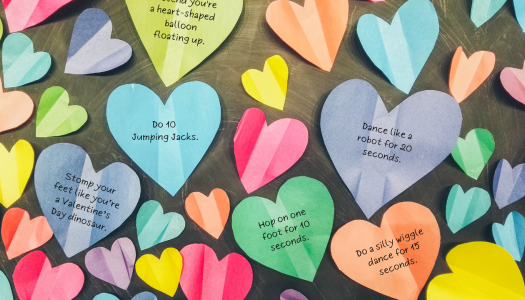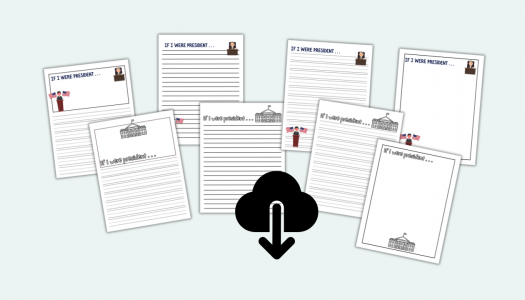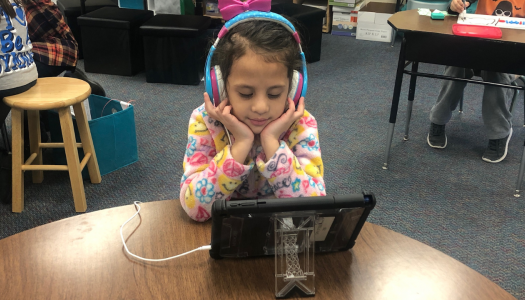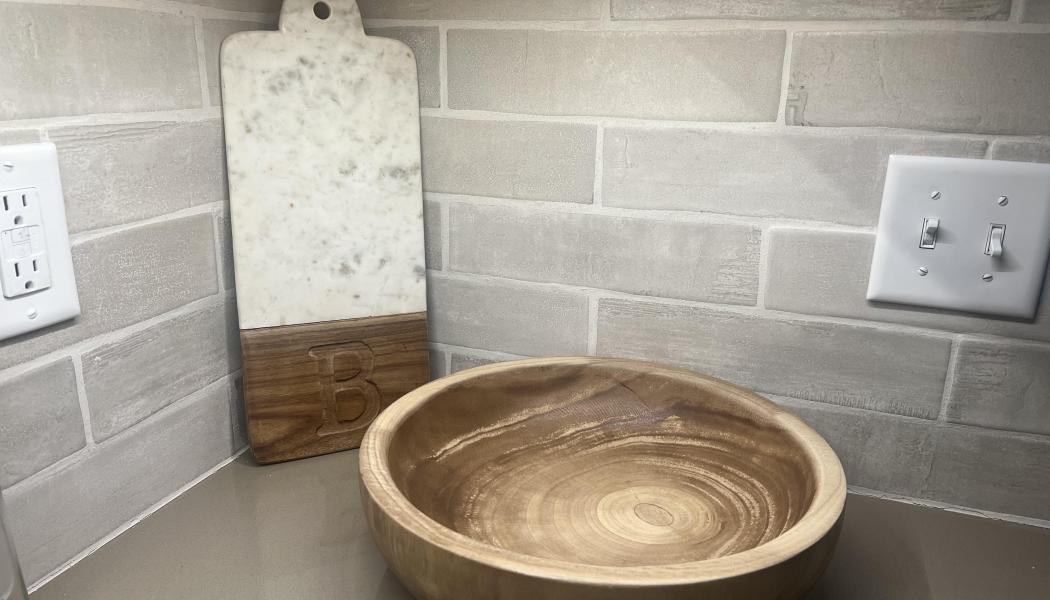
Allison Behne
Having recently moved into a new home, I’ve been learning the art of decorating—a skill that doesn’t come naturally to me. I can walk into a store and instantly spot things I like, but when it comes to putting it all together, I feel completely out of my depth. Just the other day, I came across a beautiful bowl at a local store. Without a clue about how I’d use it, I brought it home anyway, convinced I’d figure it out later.
Once it sat on my counter, I stared at it, unsure of its purpose. It was lovely, but now what? So, I did what I often do when I’m stuck: I sent a picture of the bowl to my daughter, mom, sister, and friends, asking for their thoughts.
My daughter immediately said, “Fruit!” and while I could see her vision, I don’t eat much fruit. My mom suggested using it for chips or crackers while entertaining. One friend said it would be perfect for decorative candles, while my sister envisioned it as part of a vignette, paired with a plant and filled with lemons and limes. Each idea was different, yet they all worked. None of them were wrong. Instead, they gave me a variety of options to choose from—and better yet, it sparked my own idea for how to use the bowl in a way that made sense for me.
As I reflected on this experience, I realized how closely it mirrors what we face in our classrooms every day. Just like I had multiple options for how to use that bowl, our students often approach problems, assignments, and challenges from different perspectives. And just like my friends and family, they each bring unique creativity, insight, and experiences to the table.
In the classroom, it can be tempting to steer students toward a single “right” answer or solution. After all, it’s easier to compare, grade, or evaluate when everyone is working toward the same outcome. But creativity doesn’t thrive in a world of rigid guidelines. It grows when students have the freedom to explore, experiment, and express themselves in ways that are meaningful to them.
Think about a writing assignment. One student might craft a detailed, heartfelt story, while another writes a playful, humorous tale. Both are valid and worth celebrating. Or consider a math problem—students may arrive at the correct answer using strategies that are completely different, yet equally effective. Honoring these diverse approaches not only validates students’ creativity but also helps them develop critical thinking skills and confidence.
When we encourage different approaches to the same goal, we send a powerful message to our students: Your ideas matter. We teach them that their way of thinking has value, even if it doesn’t match that of the person sitting next to them. This creates a classroom culture where everyone feels respected and included.
By celebrating creativity and honoring the differences in our students, we give them the tools to achieve their goals in ways that are meaningful to them. And who knows? Along the way, they might surprise us with solutions and ideas we never would have thought of ourselves. In the end, it’s not about finding the “right” way—it’s about embracing the variety of ways that work. And that’s what makes teaching so powerful.

News From The Daily CAFE
Valentine's Day Brain Breaks
Creative Writing: Presidents' Day
Listening: A Gateway to Authentic Learning Across the Curriculum
